Choosing natural materials for the home is an increasingly common practice. People have realized that they can protect their health by using natural products for building, insulating and finishing their homes with properties as similar as possible to those of the materials used in the past. In terms of thermal insulation, natural fibers are increasingly preferred. They are used wool, wood fiber, jute, cork and hemp. Hemp insulation performs similarly to conventional insulation made with leading materials. The differentiating factor is the natural component which is a valuable bonus: a healthy environment, both during installation and in service.
What is hemp
Hemp is an industrial plant cultivated since ancient times. It grows very fast and can reach 4 m in just 100 days. Its stalk produces strong, woody fibers. Through specific processes and techniques they are softened and can be used for weaving. In the past it was common practice to use them to make clothes or blankets.
With the advent of synthetic fibers, hemp went into a cone of obscurity, like flax and wool, but their potential was not ignored and they began to be used in other fields - flax to obtain the oil used to finish the wood, and wool for home insulation.
Hemp has perhaps the greatest potential. It is used not only for insulation products but also for construction materials. Hemp bolts are used in construction and are very strong. Hemp hemp hemp has also been produced in Romania (by Liviu Butnarua friend of our magazine). Mr. Butnaru tested the strength of the bolts at the Institute of Construction in Iasi with very good results.
Advantages of using hemp insulation
Hemp insulation has the advantage that is environmentally friendly, natural and has a positive carbon dioxide balance. What does this mean? It means that the plant consumes more carbon dioxide during the growing period than is released into the atmosphere during the insulation production process. For a synthetic product such as glass wool or polystyrene this balance is negative.
But hemp is chosen because very effective thermal insulation. The thermal conductivity is o.038 W/mK, the heat storage capacity between 1600 and 2300 J/kgK and the density between 30 and 42 kg/m³. The values are comparable to those of glass or basaltic clay.
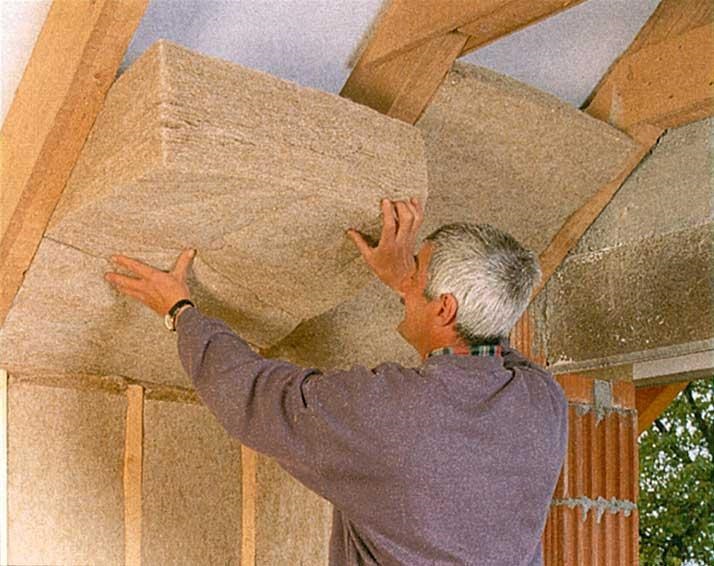
In addition, using hemp insulation comes with other advantages:
- Does not irritate skin, mucous membranes and lungs. This type of insulation is very suitable for insulating houses where people with allergies, asthma or breathing problems live;
- Contains no dangerous substances. Hemp has large leaves and as it grows they shade the soil so that hardly anything else grows around it and so no herbicides are needed. The resulting fiber is healthy, free of chemicals. Hemp insulation can contain ammonium phosphate or calcium carbonate (soda), which are natural substances that do not attack the body but greatly increase fire resistance. Boron salts (such as borax, a substance also used as a medicine) can be used against mold;
- Can be used as sound insulation. Hemp fibers are a very good sound insulator due to their ability to change the wavelength of sound waves as they pass through them;
- It has no odor and due to the lack of albumen it is not attacked by moths or cockroaches
- RRegulates humidity in the room. Hemp fibers can retain a certain amount of moisture, which they release when the humidity in the room drops very low. It is very suitable for wooden houses because it allows wood to naturally exchange moisture with the environment. Being permeable to water vapor, it maintains a healthy environment by balancing the humidity inside, thus avoiding the problems of condensation or mold.
- It is a recyclable material. If alterations are made or the house is demolished, the hemp insulation can be recovered.
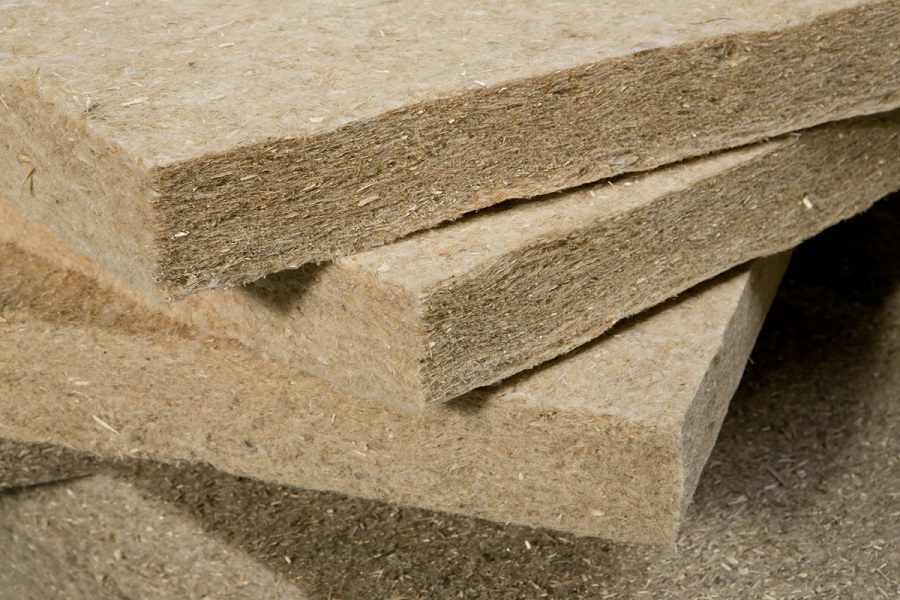
It is considered a very good insulation material, but it cannot be perfect. Because of its ability to store water, it cannot be used to insulate very damp spaces such as basements. However, with the right vapor barrier (a protective foil) dampness can be kept under control and the cellar or basement can be insulated.
Where it can be used. Types of insulation. Installation
Hemp insulation can be used to insulate the roof, attics, between floors, to insulate ceilings and walls, under wooden floors. It is also used to insulate the facades of wooden or brick houses.
Hemp insulation can be in the form of mattresses with different thicknesses or in the form of on. Mattresses are firmer, stiffer and provide insulation without thermal bridges where heat can be lost.
For assembly, the boards are cut with a special knife because hemp fiber is more "woody". The boards can be ordered directly from the factory or from distributors in the desired dimensions. The dimensions of the mattress (length and width) should be 1-3 cm larger than the place where it will be fitted (between the rafters). This way the mattress can be pressed in, without the need for clamps, glue or other materials. Two layers of insulation can also be fitted for better results. A damp-proofing foil is then fitted over the hemp mattress (by stapling or gluing).
Roll insulation is more flexible and needs fixing. Fixing is usually done with a layer of plasterboard which is fixed to rafters or studs.
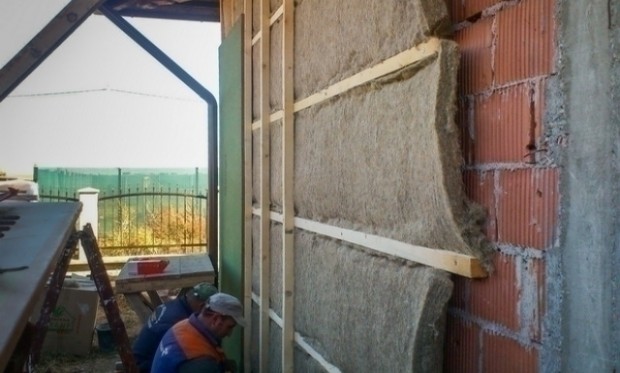
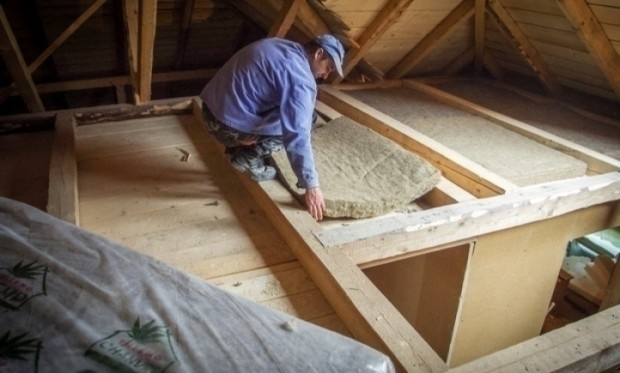
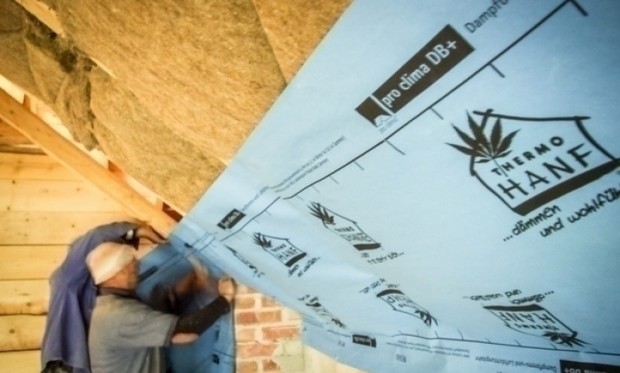
Where to find hemp insulation
In Romania, at Naturalpaint you can find Thermo-Hanf hemp insulationproduced in Germany. I have already told you about them because they also have other natural products in their portfolio that can be used to build or renovate your home. About natural oils for finishing floors, pigmented paints or varnishes for outdoors, natural plasters based on clay or lime or jute insulation, wool or wood fibres we have spoken on other occasions.
Naturalpaint also has teams that can install both inside and outside your home. But you can also do it yourself if you want. The video below shows you how simple it is. What's important is that the dimensions are correctly passed on to be cut so that they can be fitted by forcing-pressing, thus eliminating thermal bridging.
If you want to insulate your home and you have breathing problems or are allergic, it's worth considering hemp as a very viable alternative.
























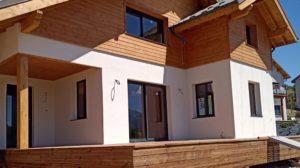

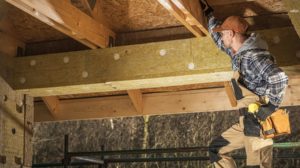
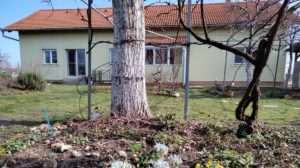
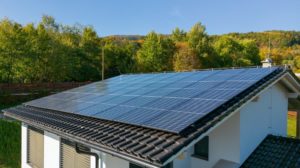
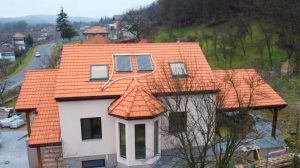

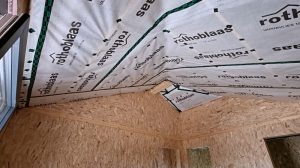




All the information is very useful! When I have questions I "visit" and am delighted. I just want to start carpentry! I love natural materials. I wish you all the best and good health! Nastasia Tarcea
Hello!
If I may, a small correction... I think instead of "the thermal conductivity is 0.38 W/mK" it should have been "the thermal conductivity is 0.038 W/mK".
All the best!
Hello.
Thanks for the reminder.
All the best to you too!
Hello, for underfloor heating can you use hemp instead of polystyrene?
Good evening!
Yes, it can be used both under the floor and for insulation between floors.
All the best!